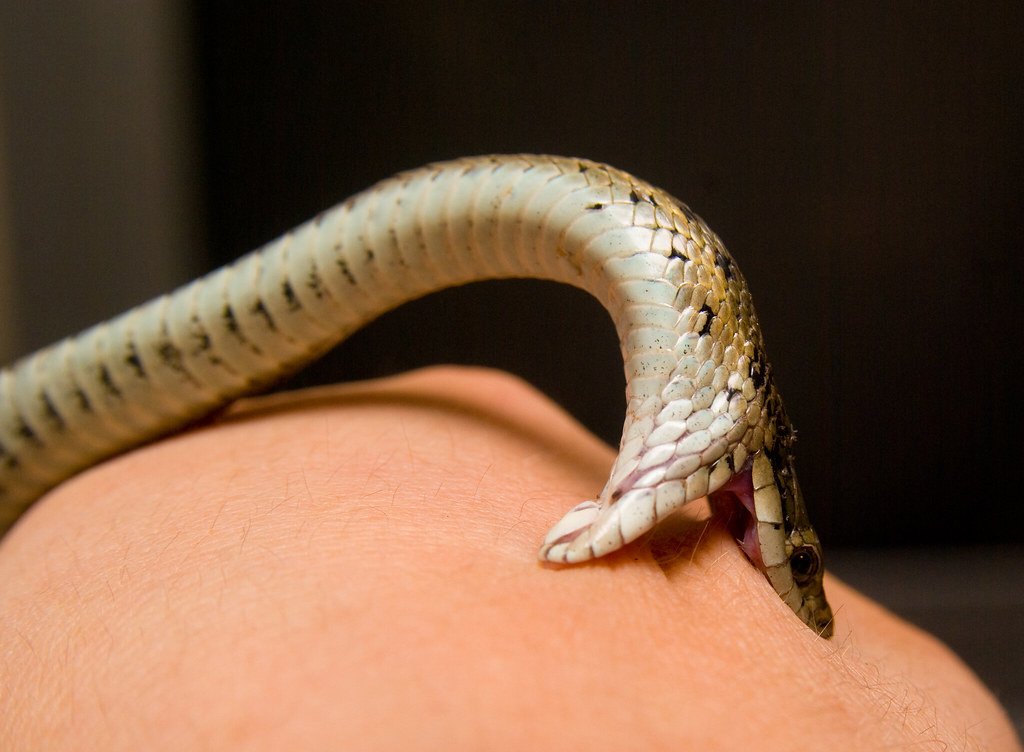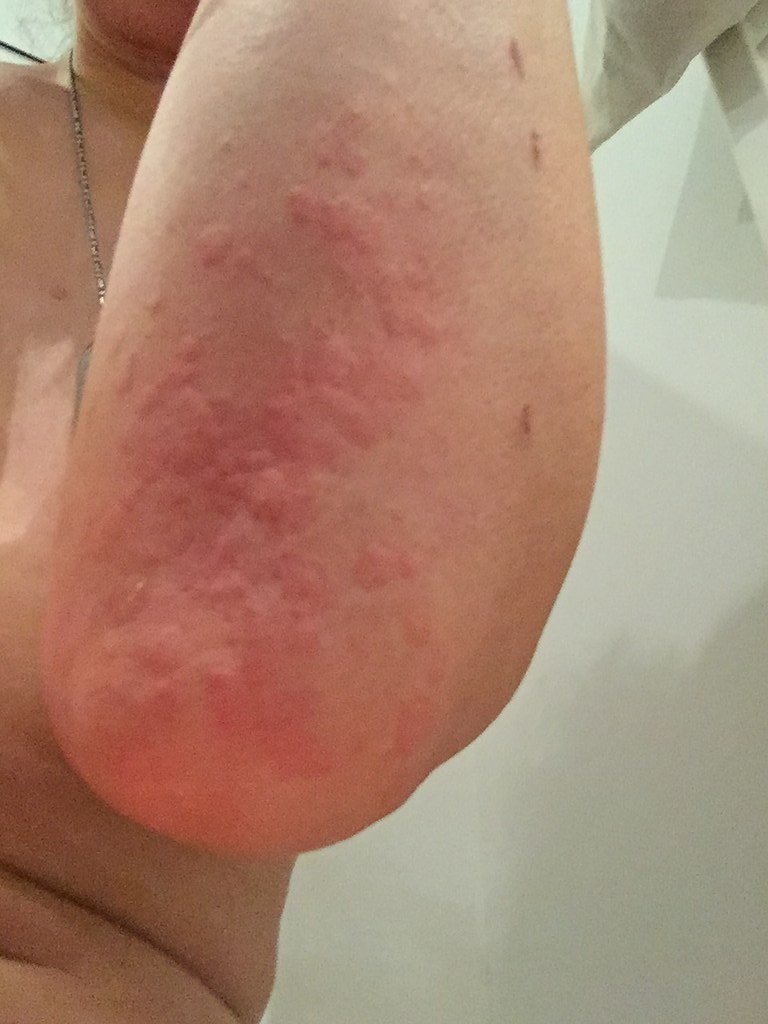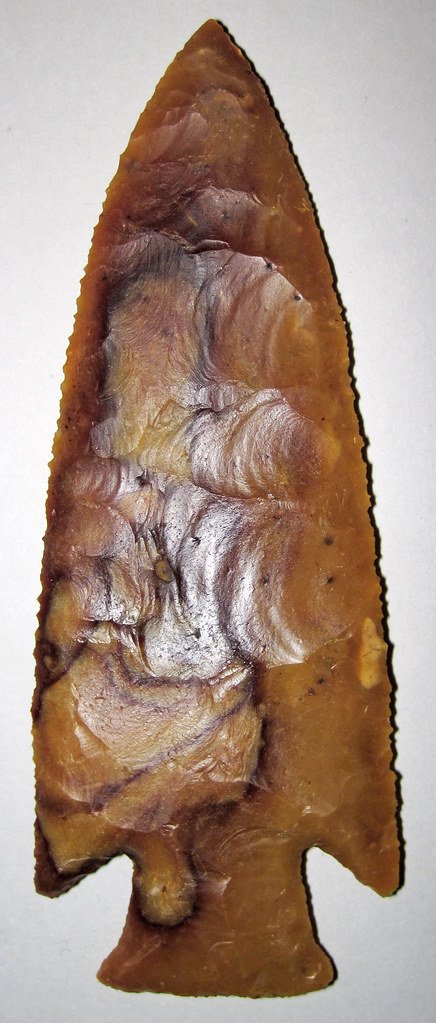Now Reading: The Best Ways to Treat Snake Bites in the Wilderness
-
01
The Best Ways to Treat Snake Bites in the Wilderness

The Best Ways to Treat Snake Bites in the Wilderness
With the sun casting its golden rays across an untouched wilderness, the thrill of venturing into the great outdoors beckons adventure enthusiasts far and wide. But within this pristine realm, among the enchanting melodies of chirping birds and whispering winds, lurks an ancient predator, capable of inciting both fascination and fear: the snake. For those daring enough to explore this untamed territory, understanding the best ways to treat snake bites in the wilderness becomes an invaluable tool of survival. In this article, we delve into the depths of wilderness medicine, unveiling essential techniques and knowledge that can mean the difference between life and death when encountering these scaly serpents.
Table of Contents
- Wilderness Dangers: Understanding the Impact of Snake Bites
- Identifying Venomous Snakes: A Crucial Skill for Outdoor Enthusiasts
- Immediate First Aid: Responding effectively to Snake Bites in the Wilderness
- Essential Supplies and Techniques: Building an Emergency Snake Bite Kit
- Survival Tips: Navigating the Treacherous Terrain of Snake Bite Recovery
- Q&A
- In Conclusion

Wilderness Dangers: Understanding the Impact of Snake Bites
Exploring the breathtaking wilderness can be an exhilarating experience, but there are certain dangers that lurk in the untamed beauty of nature. One such danger is the impact of snake bites, which can have serious consequences if not handled properly. It is crucial to be equipped with the knowledge and understanding of these encounters to ensure your safety.
- Identification: The first step in understanding the impact of snake bites is being able to identify venomous snakes versus non-venomous ones. Remember, not all snakes are harmful, and being familiar with their distinct characteristics can save you from unnecessary panic.
- Prevention: Prevention is key when it comes to avoiding snake bites. Always wear appropriate footwear, such as sturdy boots, and avoid walking or stepping over fallen logs or into tall grass without caution. By staying on designated trails and being vigilant of your surroundings, you can significantly reduce the chances of a snake encounter.
- Response: In the unfortunate event of a snake bite, it is crucial to respond promptly. Keep calm and seek immediate medical attention. While waiting for medical professionals, it is recommended to:
- Remain still: Minimize movement to slow down the spread of venom through your bloodstream.
- Elevate the bitten area: If possible, keep the affected limb at or above heart level to reduce blood flow to the area.
- Remove constrictive items: Remove any tight clothing or jewelry near the bite area to avoid circulation restriction.
- Do not: Avoid applying tourniquets, cutting the wound, or attempting to suck out the venom, as these methods are ineffective and can worsen the situation.
By understanding and respecting the potential impact of snake bites in the wilderness, you can take the necessary precautions to stay safe. Remember, the wilderness is meant to be enjoyed, and with proper knowledge and care, you can embark on unforgettable adventures, free from the worries of snake encounters.

Identifying Venomous Snakes: A Crucial Skill for Outdoor Enthusiasts
Imagine exploring the great outdoors, basking in nature’s beauty, when suddenly you come across a slithering reptile. Is it harmless or venomous? Knowing how to identify venomous snakes can be a matter of life or death for outdoor enthusiasts.
The first step in mastering this crucial skill is understanding the physical characteristics that differentiate venomous snakes from their non-venomous counterparts. Venomous snakes usually have triangular or katana-shaped heads, while non-venomous ones typically have rounded or spoon-shaped heads. Additionally, venomous snakes often have vertical, slit-like pupils and heat-sensing pits on their faces.
Aside from these visual cues, it’s essential to be familiar with the specific venomous snakes found in your area. Here is a list of some common venomous snake species in North America:
- Copperhead: Recognizable by its distinct hourglass-shaped markings and copper-colored head.
- Rattlesnake: Known for its iconic rattle on the tail, vibrant diamond-shaped markings, and heat-sensitive pits.
- Cottonmouth: Often seen near bodies of water with its white mouth lining and aggressive behavior.
- Coral Snake: Recognized by its bright red, yellow, and black bands, which act as a warning sign.
Remember, when encountering a snake, it’s crucial to maintain a safe distance and avoid provoking or attempting to handle it on your own. If you’re uncertain about the snake’s venomous nature, it’s always better to err on the side of caution and seek professional assistance. With knowledge and awareness, outdoor enthusiasts can confidently navigate snake-occupied environments.
Immediate First Aid: Responding effectively to Snake Bites in the Wilderness
In the vast expanse of the wilderness, encountering a snake bite can be a daunting and unexpected event. Understanding how to respond immediately and effectively can mean the difference between life and death. Here are some crucial steps to take when faced with a snake bite in the great outdoors:
Stay calm and assess the situation
- Take a deep breath and try to remain as calm as possible. Panic can elevate heart rate, accelerating the spread of venom.
- Quickly determine if the snake is venomous or non-venomous. Remember, most snakes are non-venomous and pose little threat to humans.
- If it is safe to do so, move away from the snake to prevent further bites or attacks.
Seek medical help immediately
- Call emergency services or activate your emergency communication device for help.
- Inform them of your location and provide any additional relevant information, such as the snake’s appearance or behavior you observed.
- While waiting for medical assistance, try to keep the affected area below heart level to slow the spread of venom.
Apply first aid techniques
- Do not attempt any potentially harmful home remedies, such as sucking out venom or applying a tourniquet.
- Cleanse the bite area gently with soap and water, if available.
- Immobilize the bitten limb using a splint or any other suitable material. This helps reduce the movement of venom within the body.
- Loosely bandage the affected area, ensuring that it is not too tight to restrict blood flow.
Essential Supplies and Techniques: Building an Emergency Snake Bite Kit
When it comes to handling a snake bite emergency, having a well-prepared kit can make all the difference. Here are the essential supplies and techniques you’ll need:
Supplies:
- Tourniquet: A tourniquet can help slow the spread of venom by restricting blood flow to the affected area. Make sure to use it only as a last resort and loosen it briefly every 15-20 minutes to prevent tissue damage.
- Snakebite extractor: This handy device can help remove venom from the wound. Ensure you follow the instructions carefully and keep it within reach at all times.
- Clean bandages and antiseptics: To prevent infection, clean the bite wound with an antiseptic and cover it with a fresh, sterile bandage.
- Wound closure strips: These can be useful for closing small puncture wounds after cleaning the area and reducing the risk of contamination.
- Saline solution: Keep a bottle of saline solution or sterile water handy to irrigate the wound and remove any potential contaminants.
- Pain relievers: Over-the-counter pain medication can help alleviate discomfort while waiting for medical assistance.
Techniques:
- Stay calm and immobile: Panicking and moving rapidly can accelerate the venom’s spread. Try to remain calm and limit movement by immobilizing the affected limb.
- Remove jewelry or tight clothing: In case of swelling, remove any jewelry or tight clothing around the bitten area to prevent constriction.
- Do not suck the venom: Contrary to popular belief, do not attempt to suck the venom out as it may lead to further complications or infections.
- Seek immediate medical attention: Regardless of the severity of the bite, it is crucial to seek professional medical help as soon as possible. Remember, a snakebite kit is only meant to provide temporary aid until proper medical treatment is received.
Building an emergency snake bite kit is crucial for anyone venturing into snake-prone areas. Remember, always consult with medical professionals or experts to ensure your kit is up-to-date and appropriate for your needs.
Survival Tips: Navigating the Treacherous Terrain of Snake Bite Recovery
Snake Bite Recovery: Navigating the Treacherous Terrain
Surviving a snake bite is a daunting challenge, but the road to recovery can be equally treacherous. Once the initial shock subsides, it’s crucial to arm yourself with knowledge to navigate this difficult journey. Here are some survival tips to help you along the way:
- Medical assistance: Seek immediate medical attention after getting bitten, as snake venom can cause severe damage. Don’t attempt to treat the wound on your own unless you have no other option.
- Antivenom: The administration of antivenom is vital for neutralizing the snake’s venom, reducing the risk of complications. Ensure you receive the appropriate antivenom, as different species require specific treatments.
- Monitoring: Regularly monitor your vital signs, such as heart rate and blood pressure, as venom can have various effects on the body. Keep a close eye on any unusual symptoms or changes and promptly communicate them to your healthcare provider.
- Rest and recuperation: Recovery from a snake bite can be physically and mentally exhausting. Allow yourself plenty of time to rest and recover, listening to your body’s needs. Engage in activities that promote relaxation and healing, such as meditation or gentle stretching exercises.
- Supportive network: Surround yourself with a strong support system consisting of family, friends, and healthcare professionals. Sharing your fears, concerns, and progress with others can alleviate some of the emotional stress associated with recovery.
Remember, snake bite recovery is a journey that requires patience and perseverance. Stay informed, follow your healthcare provider’s instructions, and believe in your ability to overcome this arduous terrain. With time and proper care, you can make a full recovery and reclaim your life.
Q&A
What are the most important first steps to take if you or someone is bitten by a snake in the wilderness?
Stay calm and still, keeping the affected limb still to slow the spread of venom. Call for a medical evacuation and remove any tight clothing or jewelry around the area.
Is it true that we should suck out the venom from the bite?
No, trying to suck out the venom with your mouth is not recommended as it can lead to infection, and cause further damage. Instead, focus on immobilizing the affected area and seeking immediate medical assistance.
Are there any home remedies we can use to treat a snake bite?
While it’s best to seek professional medical help, if you find yourself in a remote area, you can try applying a bandage over the bite to help restrict blood flow. Additionally, keeping the affected limb elevated above heart level can help slow down the venom spread.
Why is it important to identify the snake species that bit you?
Knowing the snake species is crucial as different snakes produce different types of venom. This information helps medical professionals determine the most effective antivenom to administer, reducing potential complications.
Is it necessary to carry a snakebite kit or antivenom while exploring the wilderness?
Carrying a snakebite kit or antivenom is not necessary for most wilderness enthusiasts. Focus on prevention by wearing sturdy boots, avoiding tall grass, and being cautious when exploring potential snake habitats.
What are the signs that a snakebite requires immediate medical attention?
Immediate medical attention is needed if any of the following symptoms occur: difficulty breathing, severe pain or swelling, abnormal bleeding, drooping eyelids, or changes in vision. These signs indicate a potentially life-threatening situation.
In Conclusion
In the untamed wilderness, where towering trees whisper secrets and nature takes center stage, encountering a snake slithering in the undergrowth can be both exhilarating and daunting. While these elusive creatures may inject fear into the hearts of intrepid adventurers, it is essential to arm ourselves with knowledge and preparedness to navigate the uncharted territories that snake bites present.
Throughout this article, we have embarked on an expedition to uncover the best ways to treat snake bites while exploring the great outdoors. We have delved into the fascinating world of venomous creatures, unraveled the complexities of different snakebite scenarios, and equipped ourselves with vital first aid techniques that can mean the difference between life and limb.
However, interpreting the wisdom dispensed here is not an invitation for reckless bravado. It is crucial to remember that even the most comprehensive understanding of snake bite treatment cannot replace responsible behavior. Prevention should always be our first and most robust line of defense against venomous encounters. Staying alert, avoiding risky snake habitats, employing a cautious stride, and respecting these fascinating creatures from a distance are all pivotal to mitigating the risks of snake bites.
Moreover, this article serves as a guide, an anchor in times of uncertainty. It encourages us to build a reliable mental toolkit alongside our physical supplies, embracing the power of preparedness. By familiarizing ourselves with venomous snake species common to our chosen wilderness, studying their behaviors and habitats, arming ourselves with the necessary first aid knowledge, and carrying a snakebite kit, we carry a shield of confidence into the wild.
Be it a hiker traversing dense forests, a mountaineer ascending towering peaks, or an explorer venturing deep into uncharted territories, the call of the wild is a resounding symphony that inspires and captivates. While the prospect of a snakebite may be an inevitable companion along this journey, a steadfast approach to knowledge and preparedness can transform this fear into an empowering opportunity.
So, when the wilderness beckons, let us embrace the wilderness, but also embrace the duty to protect ourselves, our fellow explorers, and the remarkable creatures that call these sacred landscapes home. With this article as our compass, we venture forth, knowing that we are equipped to tackle the ultimate test of our wilderness spirit—the encounter with the elusive snake.
As an affiliate, my content may feature links to products I personally use and recommend. By taking action, like subscribing or making a purchase, you’ll be supporting my work and fueling my taco cravings at the same time. Win-win, right?
Want to read more? Check out our Affiliate Disclosure page.





